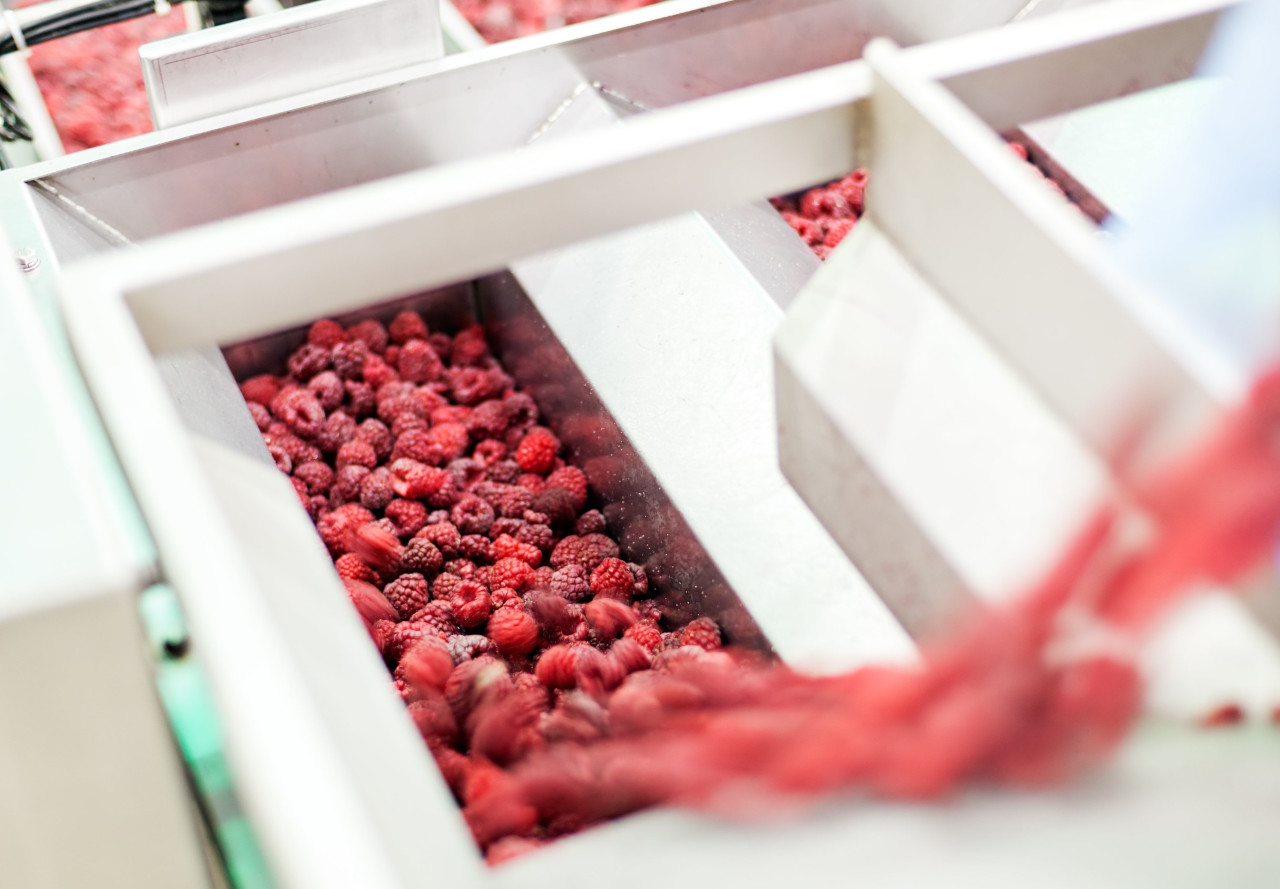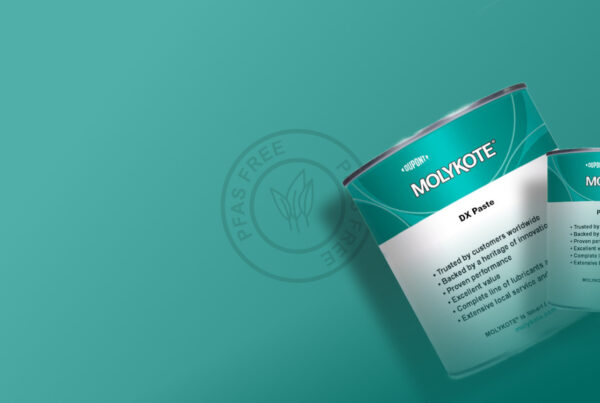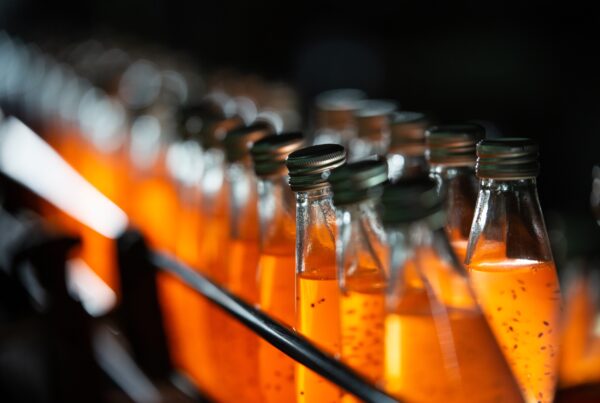
How to successfully approach a food safety audit for your lubricants
This article outlines some key steps you can take to prepare for a food safety audit:
- Best practices to incorporate into your standard operating practices now
- Third-party documentation and certificates required for the audit
- What to prepare for the lubricants part of the audit

Audits are now more rigorous than ever, each with its own requirements. If your plant is audited for ISO (International Organization for Standardization), GFSI (Global Food Safety Initiative), IFS Food (International Featured Safety), SFQ (Safe Quality Food), FDA ( US Food and Drug Administration) or for a client’s internal standards, compliance has become increasingly important to your customers, consumers and your company’s brand.
When preparing for the lubricant part of the audit, there are some key similarities that should apply to your process, regardless of the audit on the horizon. These steps boil down to:
- Complete documentation
- Proper and appropriate use of your lubricants
- A manufacturing process designed to eliminate cross-contamination between lubricants and food products
Below is a list that may help when preparing for the lubricants section of the audit. Be sure to consult the specific requirements for each audit to make sure you don’t miss any key information.
- CERTIFIED PRODUCTS
It may be necessary to demonstrate that the oils and fats used meet the required standards.
For food grade lubricants, additional confirmatory statements on allergens, dietary restrictions, use of genetically modified substances (GMS), etc. may be required. Declarations or proof of compliance or certifications based on religious faith, such as Kosher or Halal.
You should contact your lubricant supplier(s) for their most up-to-date certifications.
On average, food processing plants use between 20 and 60 lubricant products.
It becomes obvious that if your facility has an established lubrication program with fewer lubricants and reduces the number of suppliers to one, it is faster and easier to obtain the necessary documentation to demonstrate compliance.

- DOCUMENTATION
Preventive maintenance program: it will be important to have the internal preventive maintenance program on hand to ensure that best practices are followed.
Cross-reference report: make sure you have a detailed list of the lubricants you use, categorized by equipment, application and frequency of use. This information will help demonstrate to the auditor that lubricants with the appropriate certifications are being used in the correct applications.
MSDSs and training records: having current copies of lubricant MSDSs for all products is a good practice to demonstrate compliance for safe handling. It is also recommended that employees keep training records and have them on hand to prove that they have been trained to handle and apply lubricants properly.
Product labels: review of product labels is necessary for due diligence, especially if you use both food-grade and non-food-grade lubricants in your facility. Be prepared to explain your internal system to distinguish between the two and prevent cross-contamination. Make sure all products are properly and legibly labeled: keep in mind that it is not uncommon that during product use and handling, some labels may get dirty, damaged, or the adhesive label may even fall off, especially on oily surfaces.
- SAFE STORAGE AND HANDLING PRACTICES
Auditors will want to walk the floor to assess processing areas, places where unused lubricants are stored, and equipment rooms where some lubricants may be located.
In storage areas, in addition to general conditions and cleanliness, they will examine the distinction between lubricants classified for incidental food contact (such as H1, HT1) from others commonly referred to as non-food. They will ensure that the risk of misuse of a nonfood lubricant in an application identified as necessary for food use has been identified and that preventive controls are in place, as food safety is at stake.
From dedicated storage tanks with dedicated pumps or drums with dedicated drum pumps, practices for storage and subsequent transport of lubricants to equipment will help auditors in assessing the risk of cross-contamination.

Best practices in progress
Standard operating practices for food safety audits
Food safety audits are much less overwhelming when your team is prepared. That is why it is best to incorporate these steps into your standard operating practices:
Regularly monitor your operating environment, documenting how you have identified and resolved potential areas of lubricant cross-contamination
Keep an ongoing list of the lubricants you use (their full names), where each is used, and their respective volumes per application
A robust inventory management process for continuous lubricant lifecycle management
Document ongoing internal safety initiatives (e.g., routine review of MSDSs and certifications)
Conduct regular inspections to identify and resolve any problems well in advance of an actual inspection.
Petro-Canada lubricants documentation and credentials.
If you are a Petro-Canada Lubricants customer, we have gathered our documentation and credentials below to make your preparation process a little easier:
- Data Sheets
- Safety Data Sheets
- Halal Certificates
- Kosher Certificates
- NSF registration letters 3H, H1, HT1 and H2
- Allergen statement
- Statement on GMOs (genetically modified organisms)
- ADI (animal-derived ingredients) declaration
- Handling and storage of lubricants



